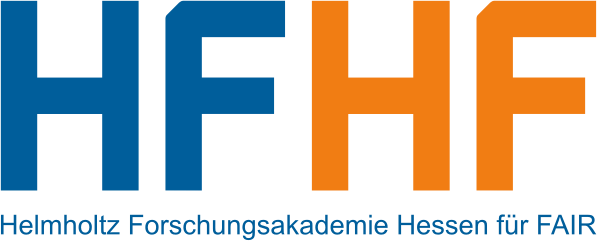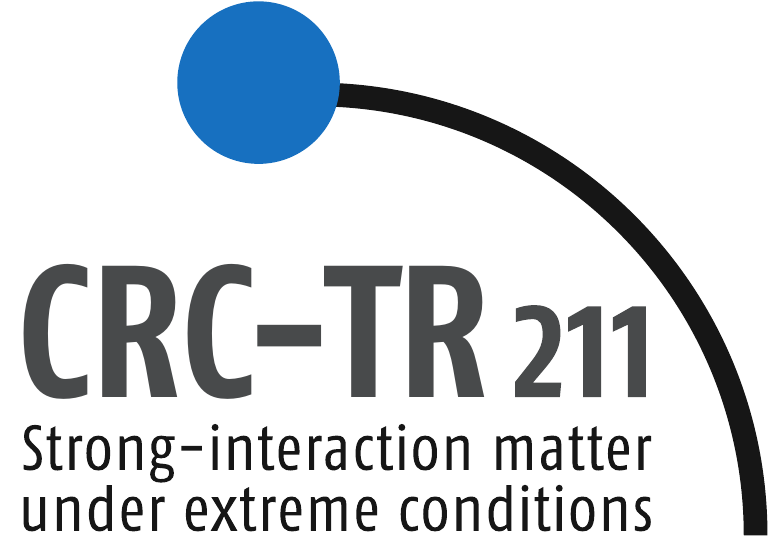
 Nuclear Physics
Colloquium
Nuclear Physics
Colloquium 
 Nuclear Physics
Colloquium
Nuclear Physics
Colloquium Venue: Physics Building, Max-von-Laue-Str. 1, PHYS 02.116
Time: Thursday, July 17, 4:30pm (s.t.)
Contact: hees@itp.uni-frankfurt.de
Uncovering the phase diagram of quantum chromodynamics (QCD) is at the
heart of numerous theoretical, experimental, and observational efforts
worldwide. Prominent efforts include studies aiming to identify the
location of the QCD critical point (CP) or understand the apparent peak
in the speed of sound in high-density nuclear matter. In pursuing these
goals, relativistic collisions of heavy nuclei provide unique
opportunities to probe hot and dense systems and to study the QCD
equation of state (EOS).
Recent and upcoming results from the Beam Energy Scan at the
Relativistic Heavy Ion Collider (RHIC), given its extraordinary range of
available collision energies which can probe systems with vastly
different properties, are especially promising. Interpretation of the
experimental observables across the RHIC energy range, necessary for
uncovering the QCD phase diagram, has been an inspiring challenge for
both experiment and theory.
In this talk, I will summarize recent advancements in using experimental
data and simulations of heavy-ion collisions to put constraints on the
QCD EOS and support the search for the QCD CP.
The colloquium will be streamed but not recorded.
Zoom link: https://uni-frankfurt.zoom.us/j/2848286010?pwd=VmtCY1RCc1hpVStKd0RibFBpc1IzZz09
Meeting ID: 284 828 6010
Password: 068695